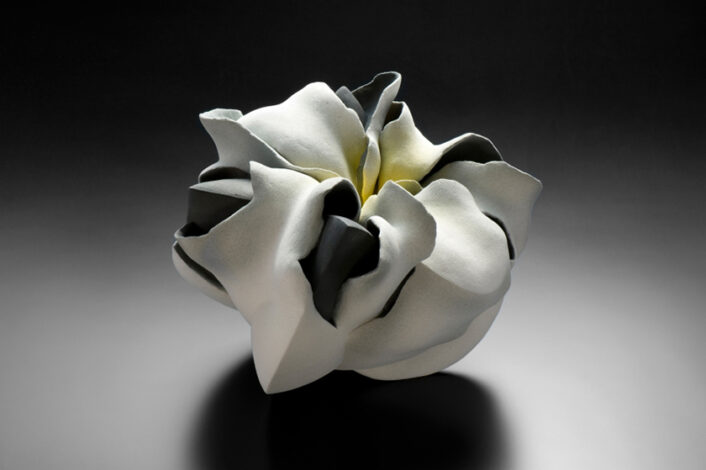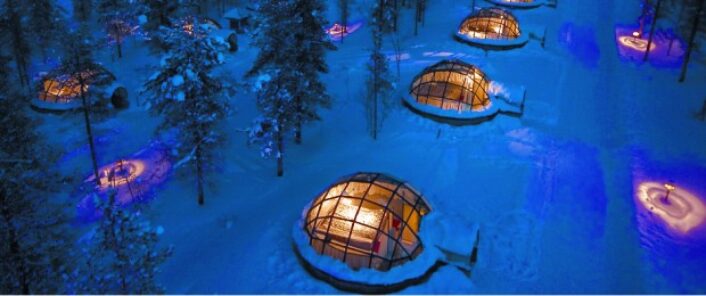Culture
Ice formations by Ryota Kajita
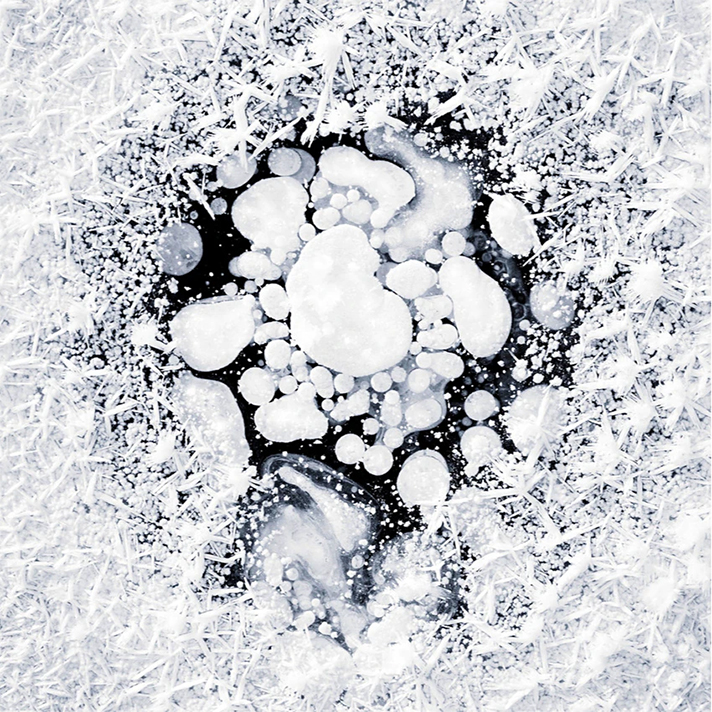
One of the formations that Kajita captured…
Image courtesy of: Lonely Planet, photographed by: Ryota Kajita
For most of us, winter is not our favorite season… most of us prefer the excitement of spring, the sun’s warm rays of during the summer, and the beautiful colors of autumn. Ryota Kajita however is different…. he waits for winter all year long.
The Japanese-born photographer heads outside as soon as the weather turns; then, he makes Alaska’s most remote corners his home as he searches for his next subject. For years, Kajita has been photographing for his “Ice Formations” series- a collection of ice patterns in all shapes and sizes that appear on bodies of water in Alaska.
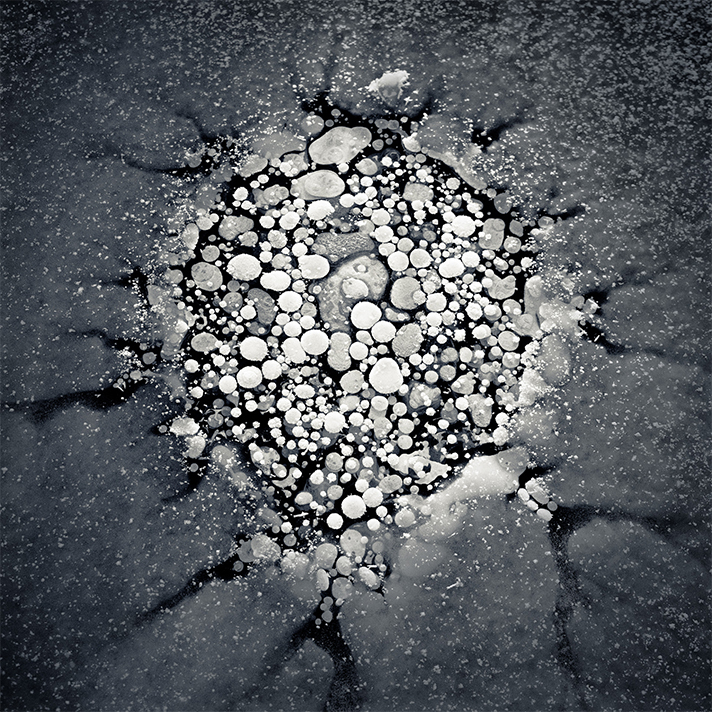
Kajita is propelled by his childhood love of exploration.
Image courtesy of: This Is Colossal, photographed by: Ryota Kajita
Kajita is now based in Alaska, and he has spent the last seven years exploring the state’s outermost areas. The photographer completed his MFA in photography at the University of Alaska Fairbanks, this allowed him to remain in the United States and continue his work.
Always inspired by Michio Hoshino, the wildlife photographer who traveled to Alaska and wrote about his experience, Kajita developed his own style of documentary photography. He uses his medium format analogue camera and digitally converts the colors to black and white.

Kajita captures ice formations on lakes, ponds, and rivers.
Image courtesy of: Brainpickings, photographed by: Ryota Kajita
Kajita’s masterful fine art photography beautifully captures the fleeting nature of our world. One minute something is there… the next minute (or second) it can be gone.
Using his honed observation skills and his camera, Kajita photographs the breathtaking geometric patterns that are created by the bubbles that form as bodies of water slowly freeze. When this happens, greenhouse gasses such as methane and carbon dioxide are trapped in the ice’s crystal designs.
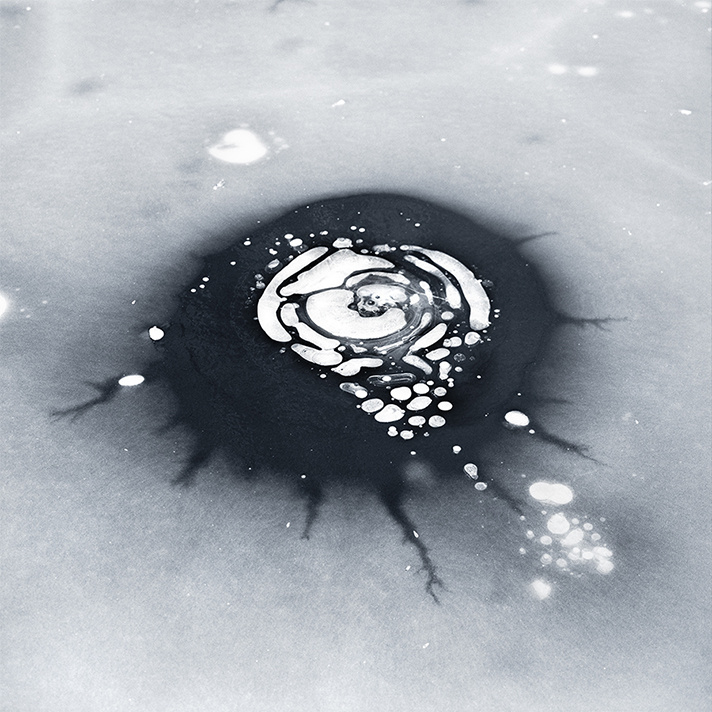
The actual diameter of the formations ranges from 10 inches to 30 inches.
Image courtesy of: Dodho
Over the years, the photographer has mastered picking out the exact moment when the ice formation has reached its peak. With his camera always handy, he knows that just seconds later, this image will transform. He moves quickly and captures the exact instance of fleeting beauty. The ice pattern remains visible for a millisecond because once the snow falls, it becomes covered.
As flakes fall on lakes, rivers and ponds, they freezes and melt, freeze and melt… meanwhile, unique and organic ice patterns are created. The vapor in the air freezes as frost and turns into one-of-a-kind, elaborate ice crystals.
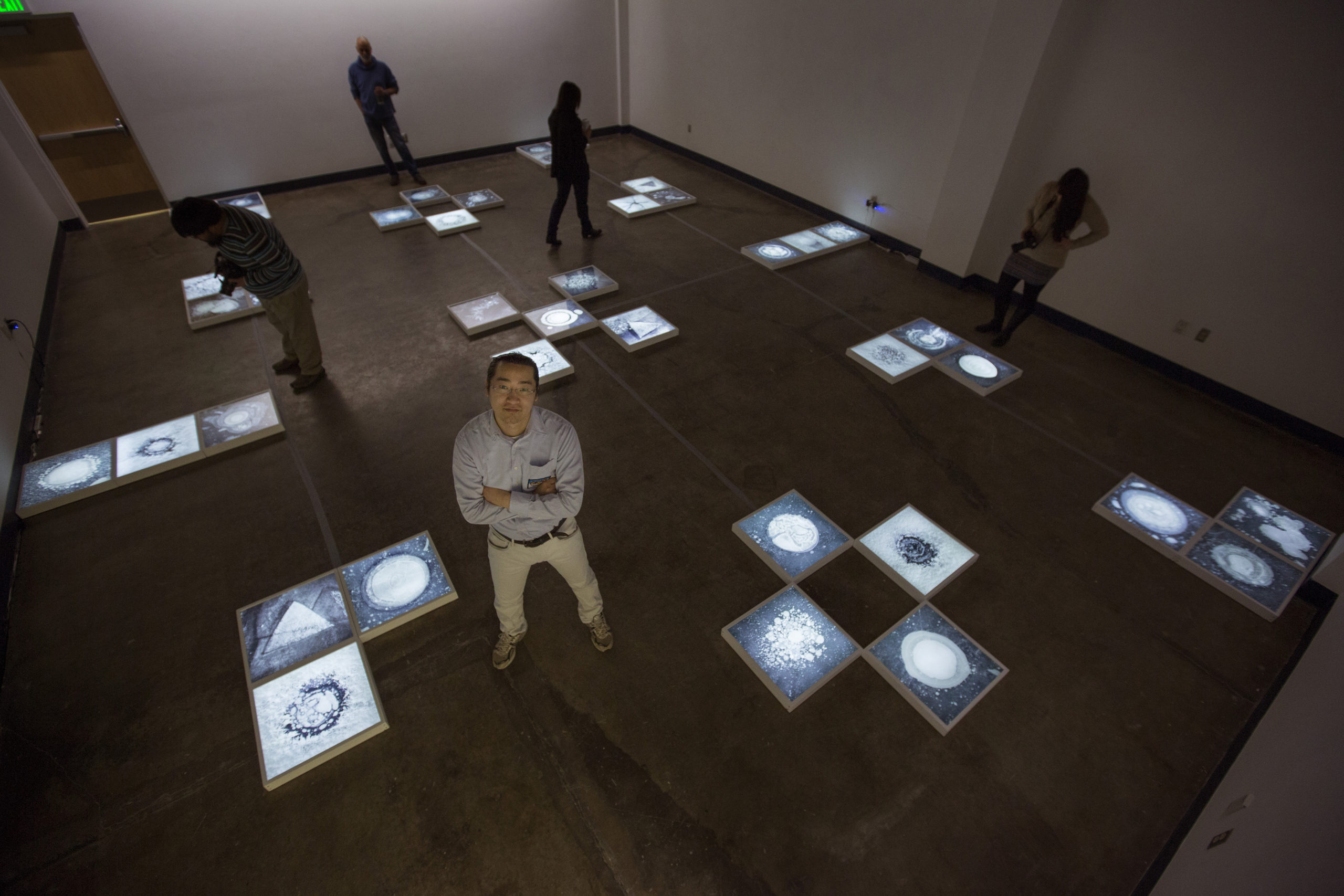
For a recent exhibition, Kajita placed framed images on the floor to attempt to mimic the experience of looking down. In such, the viewer was able to explore the formations similar to the way Kajita first came upon them.
The photographer at the installation at Susan Spirtus Gallery in Newport Beach, California.
Image courtesy of: Dodho, photographed by: Ryota Kajita
About his desire to photograph these evanescent moments, Kajita says (courtesy of Dodho), “I want to capture the beauty and the dynamic changes of water in nature. The photographs are black and white with slight tint of colors. By minimizing colors, viewers can focus on the elegance of the forms and shading created by clear transparent ice and white frost. We see various forms of water throughout the seasons in Alaska. I hope that the images of dynamic changes of water captured in my series would help viewers feel connected to nature, and inspire their curiosity to natural phenomena and invite them to explore the beauty in the details of the organic patterns. In our everyday life, there is beauty and wonder. However, many are subtle, ephemeral or too small to be noticed. Photography enables me to pay attention to those moments and subjects, take more time to observe them, examine from different angles and understand them more deeply.”
